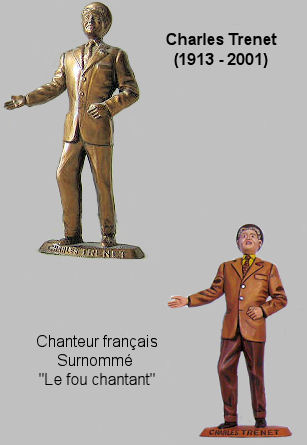
 Charles Trenet
Charles Trenet (born Louis Charles Auguste Claude Trenet, 18 May 1913, Narbonne,
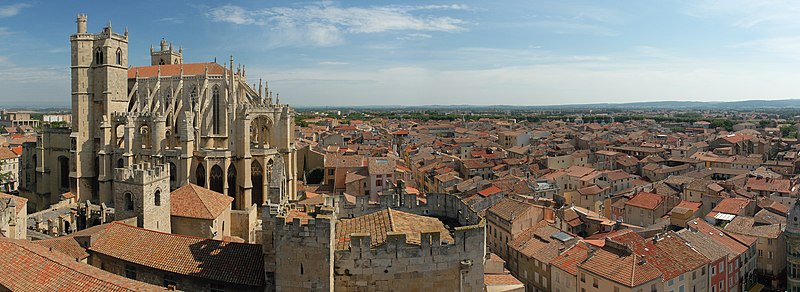
France – 19 February 2001, Créteil, France)

was a French singer and songwriter, most famous for his recordings from the late 1930s until the mid-1950s, though his career continued through the 1990s. In an era in which it was exceptional for a singer to write his or her own material, Trenet wrote prolifically and declined to record any but his own songs.
His best known songs include "Boum !", "La Mer", "Y'a d'la joie", "Que reste-t-il de nos amours ?", "Ménilmontant" and "Douce France". His catalogue of songs is enormous, numbering close to a thousand. While many of his songs mined relatively conventional topics such as love, Paris, and nostalgia for his younger days, what set Trenet's songs apart were their personal, poetic, sometimes quite eccentric qualities, often infused with a warm wit. Some of his songs had unconventional subject matter, with whimsical imagery bordering on the surreal. "Y'a d'la joie" evokes 'joy' through a series of disconnected images, including that of a subway car shooting out of its tunnel into the air, the Eiffel Tower crossing the street and a baker making excellent bread. The lovers engaged in a minuet in "Polka du Roi" reveal themselves at length to be 'no longer human': they are made of wax and trapped in the Musée Grévin.
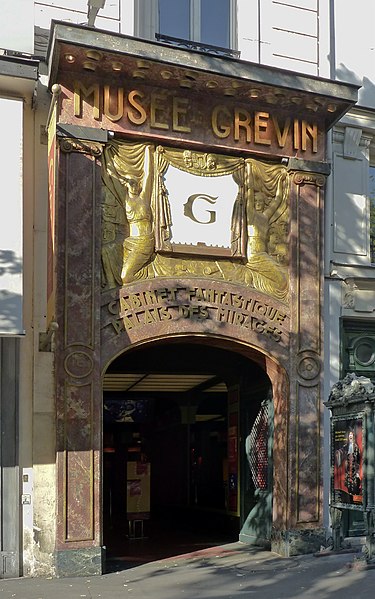
Many of his hits from the 1930s and 1940s effectively combine the melodic and verbal nuances of French song with American swing rhythms.
His song "La Mer", which according to legend he composed with Léo Chauliac on a train in 1943, was recorded in 1946. "La Mer" is perhaps his best known work outside the French-speaking world, with over 400 recorded versions. The song was given unrelated English words and under the title "Beyond the Sea" (or sometimes "Sailing"), was a hit for Bobby Darin in the early 1960s,

and George Benson in the mid-1980s. "La Mer" has been used in many films such as Bernardo Bertolucci's 2003
The Dreamers, and more recently in the closing scene (on the beach) of
Mr. Bean's Holiday. The song was also used in the opening credits of the 2007 film,
The Diving Bell and the Butterfly, which used the song to highlight the paralyzing effects of a stroke that felled his fellow Frenchman, Jean-Dominique Bauby. It was also used as the opening title song in Steve Martin's
L.A. Story in 1991, and in a popular commercial for South Australia, promoting the wine region of Australia. Other Trenet songs were recorded by such popular French singers as Maurice Chevalier, Jean Sablon and Fréhel.
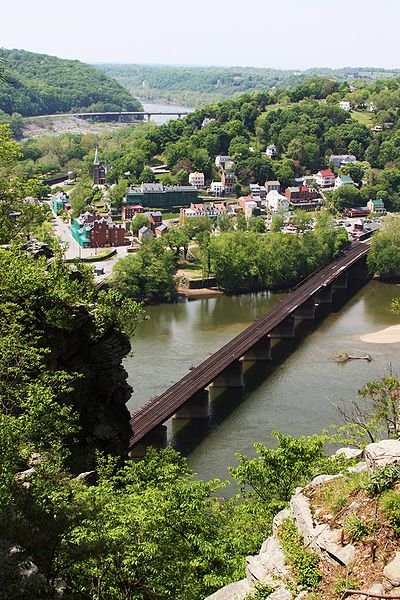 such as Harpers Ferry);
such as Harpers Ferry); had considerable difficulty massing artillery for best effect because of this organization.
had considerable difficulty massing artillery for best effect because of this organization.

 Many of his hits from the 1930s and 1940s effectively combine the melodic and verbal nuances of French song with American swing rhythms.
Many of his hits from the 1930s and 1940s effectively combine the melodic and verbal nuances of French song with American swing rhythms. and George Benson in the mid-1980s. "La Mer" has been used in many films such as Bernardo Bertolucci's 2003 The Dreamers, and more recently in the closing scene (on the beach) of Mr. Bean's Holiday. The song was also used in the opening credits of the 2007 film, The Diving Bell and the Butterfly, which used the song to highlight the paralyzing effects of a stroke that felled his fellow Frenchman, Jean-Dominique Bauby. It was also used as the opening title song in Steve Martin's L.A. Story in 1991, and in a popular commercial for South Australia, promoting the wine region of Australia. Other Trenet songs were recorded by such popular French singers as Maurice Chevalier, Jean Sablon and Fréhel.
and George Benson in the mid-1980s. "La Mer" has been used in many films such as Bernardo Bertolucci's 2003 The Dreamers, and more recently in the closing scene (on the beach) of Mr. Bean's Holiday. The song was also used in the opening credits of the 2007 film, The Diving Bell and the Butterfly, which used the song to highlight the paralyzing effects of a stroke that felled his fellow Frenchman, Jean-Dominique Bauby. It was also used as the opening title song in Steve Martin's L.A. Story in 1991, and in a popular commercial for South Australia, promoting the wine region of Australia. Other Trenet songs were recorded by such popular French singers as Maurice Chevalier, Jean Sablon and Fréhel.


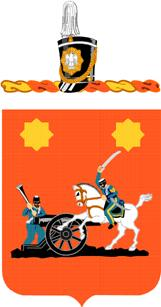 was killed by Indians while driving off a force that had attacked a wood train. He had followed them as they retreated over Lodge Trail Ridge
was killed by Indians while driving off a force that had attacked a wood train. He had followed them as they retreated over Lodge Trail Ridge  and been overwhelmed. Carrington worried about his officers' tendency to blindly follow such Indian decoy parties. Fetterman was outraged by what he considered the ineffectiveness of Carrington's leadership. He understood the commander of the Department of the Platte, Gen. Philip St. George Cooke,
and been overwhelmed. Carrington worried about his officers' tendency to blindly follow such Indian decoy parties. Fetterman was outraged by what he considered the ineffectiveness of Carrington's leadership. He understood the commander of the Department of the Platte, Gen. Philip St. George Cooke, to have ordered the garrison to mount an aggressive winter campaignColonel Carrington stated he ordered Fetterman not to cross Lodge Trail Ridge, where relief from the fort would be difficult
to have ordered the garrison to mount an aggressive winter campaignColonel Carrington stated he ordered Fetterman not to cross Lodge Trail Ridge, where relief from the fort would be difficult.jpg) The relief party numbered 79 officers and men. Two civilians, James Wheatley and Isaac Fisher, joined Fetterman, bringing the total force up to 81 men. Instead of marching down the wood road to the relief of the wood train,
The relief party numbered 79 officers and men. Two civilians, James Wheatley and Isaac Fisher, joined Fetterman, bringing the total force up to 81 men. Instead of marching down the wood road to the relief of the wood train,  Fetterman quickly turned north and crossed the Sullivant Hills toward Lodge Trail On the morning of December 21, 1866, the wood train was attacked again. Carrington ordered a relief party, composed of 49 infantrymen of the 18th Infantry, 27 mounted troopers of the 2nd Cavalry and ordred Captain James Powell to command.
Fetterman quickly turned north and crossed the Sullivant Hills toward Lodge Trail On the morning of December 21, 1866, the wood train was attacked again. Carrington ordered a relief party, composed of 49 infantrymen of the 18th Infantry, 27 mounted troopers of the 2nd Cavalry and ordred Captain James Powell to command.  Captain Powell had led a similar effort two days earlier and declined to pursue the Indians over the ridge. However, by claiming seniority as a brevet lieutenant colonel, Fetterman asked for and was given command of the relief party. Powell remained behind. Another officer of the 18th, Lt. George W. Grummond, also a vocal critic of Carrington, led the cavalry. It had been leaderless since Lt. Bingham's death in early December.Within a few minutes of their departure, a Lakota decoy party including Oglala warrior Crazy Horse
Captain Powell had led a similar effort two days earlier and declined to pursue the Indians over the ridge. However, by claiming seniority as a brevet lieutenant colonel, Fetterman asked for and was given command of the relief party. Powell remained behind. Another officer of the 18th, Lt. George W. Grummond, also a vocal critic of Carrington, led the cavalry. It had been leaderless since Lt. Bingham's death in early December.Within a few minutes of their departure, a Lakota decoy party including Oglala warrior Crazy Horse  appeared on Lodge Trail Ridge. Fetterman took the bait, especially since several of the warriors stood on their ponies and insultingly waggled their bare buttocks at the troopers. Fetterman and his company were joined by Grummond at the crossing of
appeared on Lodge Trail Ridge. Fetterman took the bait, especially since several of the warriors stood on their ponies and insultingly waggled their bare buttocks at the troopers. Fetterman and his company were joined by Grummond at the crossing of 
 but encumbered by their horses and without cover. Further up the slope were Fetterman, Brown and the infantrymen, armed with nearly obsolete Civil War muzzle-loading muskets against Indians with equally obsolete weaponry. These foot soldiers fought from cover for a short while, until their ammunition ran out and they were overrun.
but encumbered by their horses and without cover. Further up the slope were Fetterman, Brown and the infantrymen, armed with nearly obsolete Civil War muzzle-loading muskets against Indians with equally obsolete weaponry. These foot soldiers fought from cover for a short while, until their ammunition ran out and they were overrun.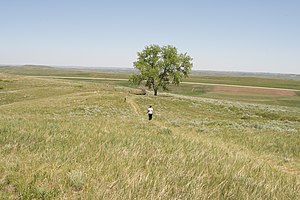


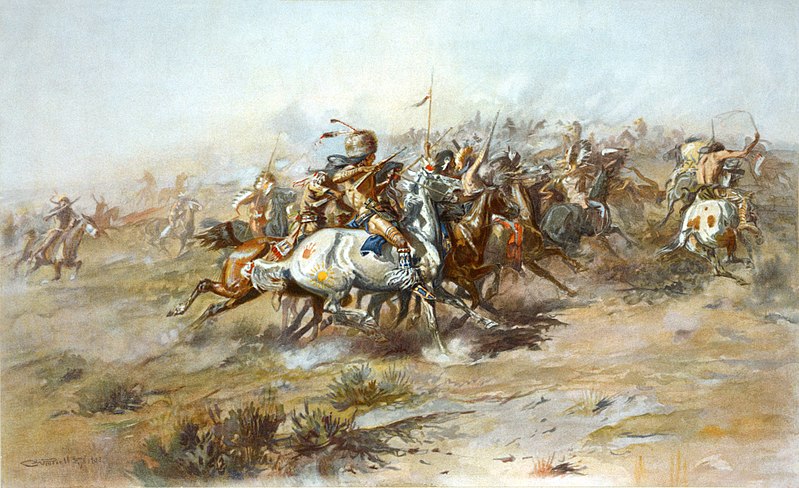
 near Fort Phil Kearny, when a small army detachment used new breech-loading rifles to hold off more than 1,000 Lakota and
near Fort Phil Kearny, when a small army detachment used new breech-loading rifles to hold off more than 1,000 Lakota and 


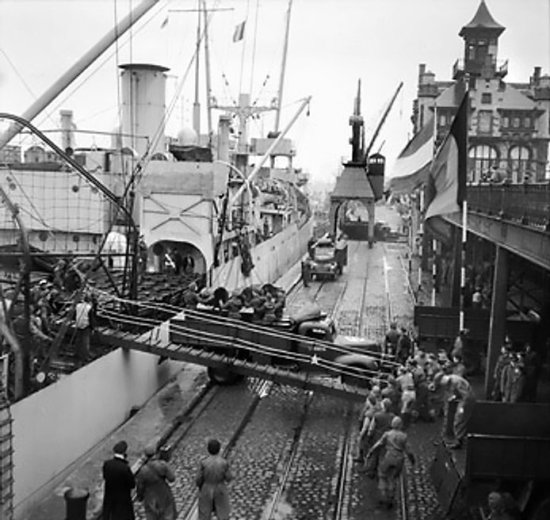



 on 13–14 September thus: "Early use of Antwerp so urgent that I am prepared to give up operations against Calais and Dunkirk" and: "Dunkirk will be left to be dealt with later; for the present it will be merely masked.
on 13–14 September thus: "Early use of Antwerp so urgent that I am prepared to give up operations against Calais and Dunkirk" and: "Dunkirk will be left to be dealt with later; for the present it will be merely masked.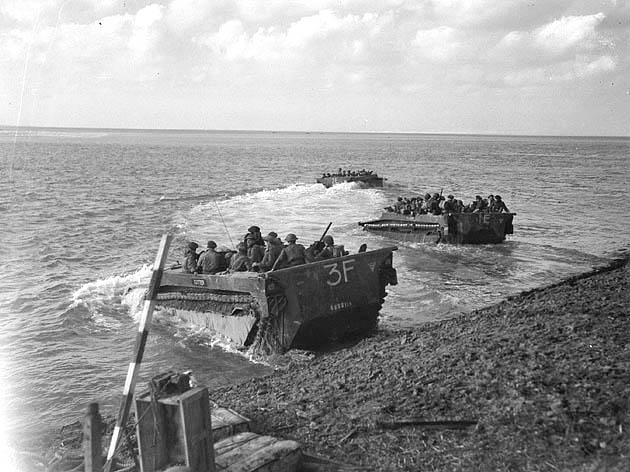 and thus open access to the largely undamaged port of Antwerp. Instead, smaller Allied forces held a perimeter around the city.In the first weeks of the siege, while Allied forces were being deployed on the Scheldt, several units took short turns at containing Dunkirk. The 5th Canadian Infantry Brigade, part of 2nd Canadian
and thus open access to the largely undamaged port of Antwerp. Instead, smaller Allied forces held a perimeter around the city.In the first weeks of the siege, while Allied forces were being deployed on the Scheldt, several units took short turns at containing Dunkirk. The 5th Canadian Infantry Brigade, part of 2nd Canadian  Infantry Division, was relieved by the 4th Special Service Brigade (a Royal Marines Commando formation), which was in turn relieved by the 154th Infantry Brigade. However, the bulk of the siege was performed by the 1st Czech Armoured Brigade from early October until the final surrender
Infantry Division, was relieved by the 4th Special Service Brigade (a Royal Marines Commando formation), which was in turn relieved by the 154th Infantry Brigade. However, the bulk of the siege was performed by the 1st Czech Armoured Brigade from early October until the final surrender 

 about 13 km (8.1 mi) from the city itself. The German outer perimeter ran through the villages of
about 13 km (8.1 mi) from the city itself. The German outer perimeter ran through the villages of  , Loon-Plage
, Loon-Plage , Spycker,
, Spycker, Bergues
Bergues  and Bray-Dunes
and Bray-Dunes , from 7–12 km (4.3–7.5 mi) from Dunkirk. The Calgary Highlanders
, from 7–12 km (4.3–7.5 mi) from Dunkirk. The Calgary Highlanders  attacked Loon-Plage on 7 September against very heavy opposition and suffered enough casualties that each of its companies was reduced to less than 30 men.
attacked Loon-Plage on 7 September against very heavy opposition and suffered enough casualties that each of its companies was reduced to less than 30 men. The village was gained on the 9th only when the Germans withdrew. During the next ten days, Canadian units nibbled away at the German perimeter, taking Coppenaxfort on the 9th,
The village was gained on the 9th only when the Germans withdrew. During the next ten days, Canadian units nibbled away at the German perimeter, taking Coppenaxfort on the 9th,  Mardyck on the 17th, both west of the city, Bergues on the 15th and Veurne
Mardyck on the 17th, both west of the city, Bergues on the 15th and Veurne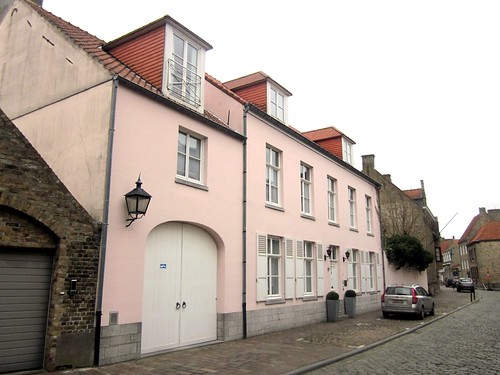 , Nieuport
, Nieuport  (greatly aided by precise intelligence received from the Belgian White Brigade, the national resistance movement) and De Panne, east of Dunkirk
(greatly aided by precise intelligence received from the Belgian White Brigade, the national resistance movement) and De Panne, east of Dunkirk , in Belgium. Bray Dunes
, in Belgium. Bray Dunes  both just within France, were taken on the 15th September, with air support after initial attacks had failed.
both just within France, were taken on the 15th September, with air support after initial attacks had failed.


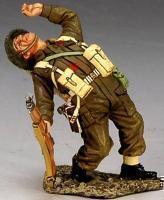



 the city had been flooded to form part of the defences and adjacent land easily became water-logged, hampering movement and making life unpleasant. Canadian artillerymen reported that gun-pits needed to be bailed out, the sides of dugouts collapsed and transport became mired. This was mitigated by leave in nearby towns and in Lille. The defenders were stuck with poor food, deficient health care and harsh discipline.After the general German surrender, the garrison surrendered unconditionally to Alois Liška on May 9, 1945.
the city had been flooded to form part of the defences and adjacent land easily became water-logged, hampering movement and making life unpleasant. Canadian artillerymen reported that gun-pits needed to be bailed out, the sides of dugouts collapsed and transport became mired. This was mitigated by leave in nearby towns and in Lille. The defenders were stuck with poor food, deficient health care and harsh discipline.After the general German surrender, the garrison surrendered unconditionally to Alois Liška on May 9, 1945.
